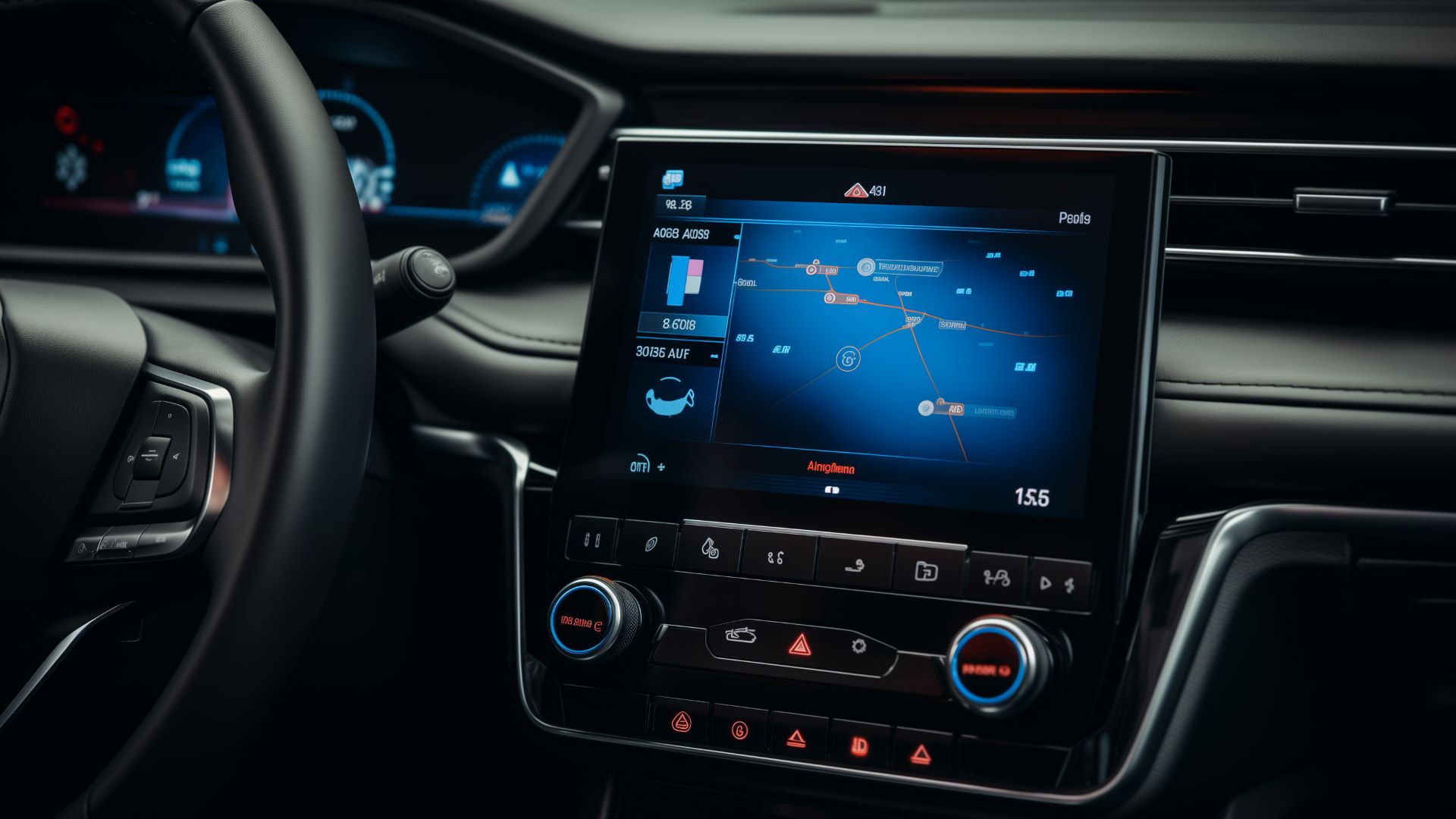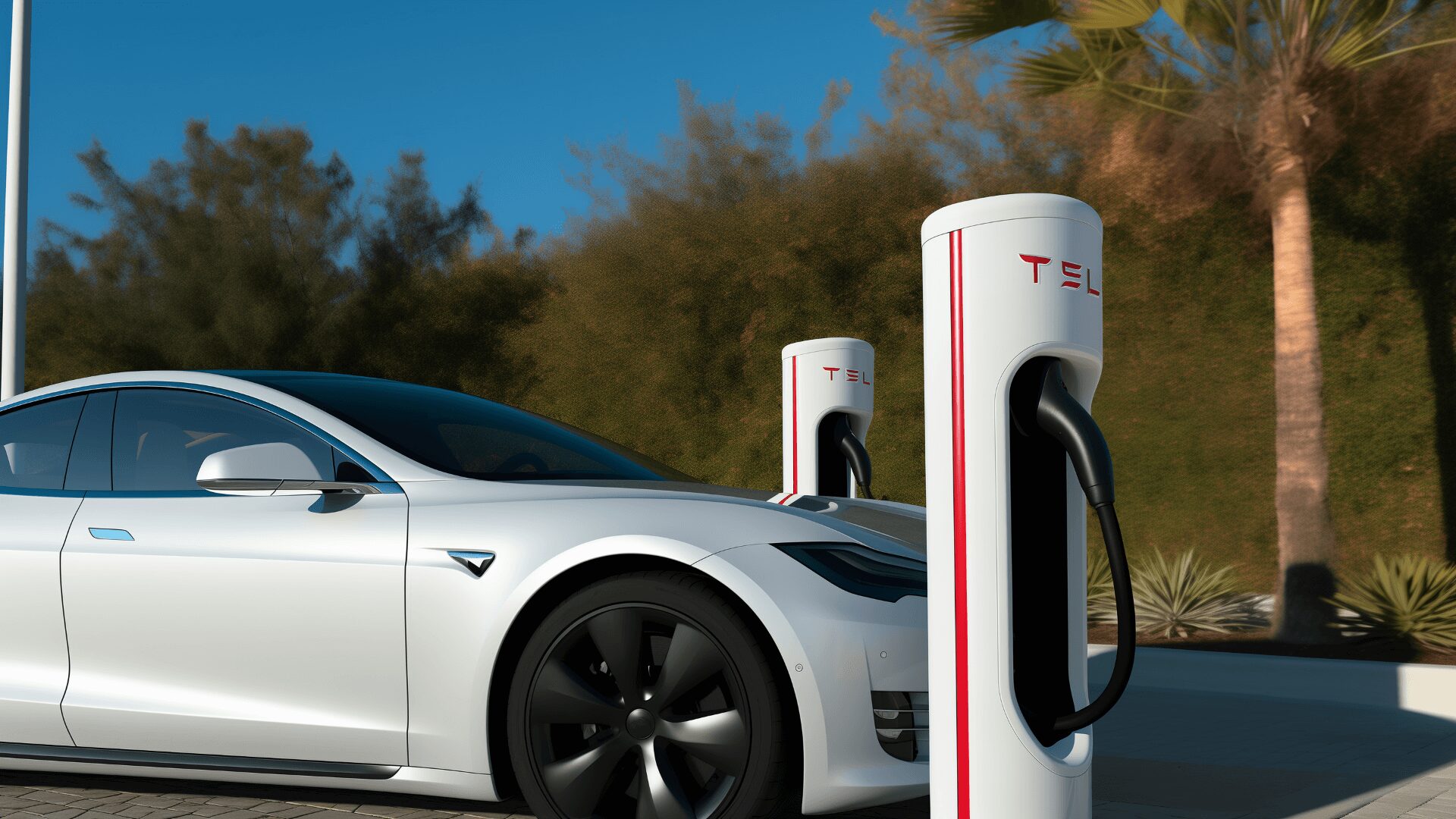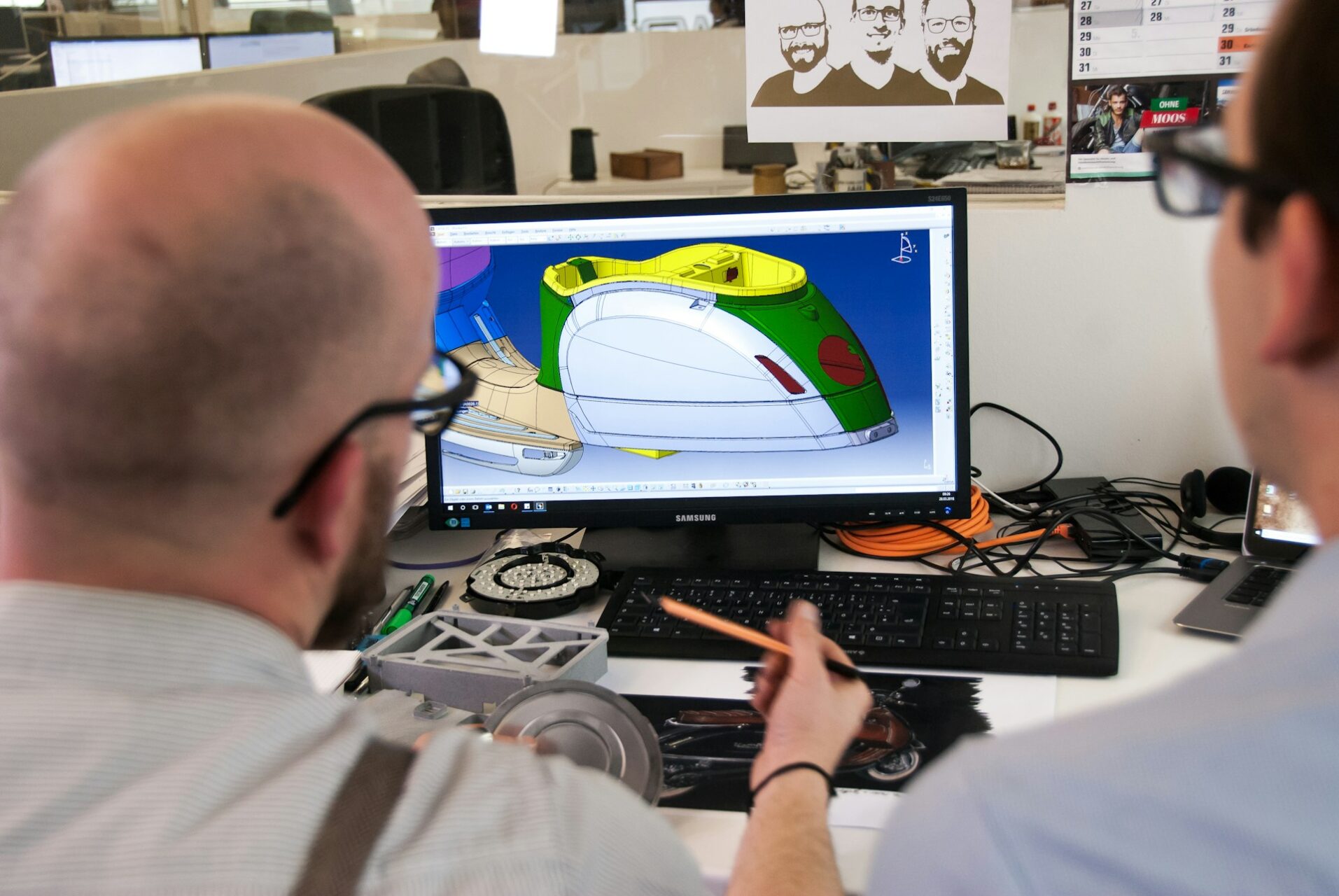
What New Technology in Cars Could People Expect From Manufacturers Soon?
July 28, 2023 - Emily Newton
Revolutionized is reader-supported. When you buy through links on our site, we may earn an affiliate commision. Learn more here.
Technology in cars is a primary selling point for many of today’s automakers. They use high-tech offerings as competitive differentiators that show customers the respective brands are on the cutting edge. Now, many prospective car buyers look at models’ tech specs as eagerly as details such as fuel economy, range or trunk size. Here are some of the tech features manufacturers have already announced, and others people might see soon.
ChatGPT for Drivers
ChatGPT captured people’s curiosity in seemingly record time, with users relying on the tool to write computer code, create story drafts, get helpful explanations and more. Not surprisingly, Mercedes-Benz has already planned on bringing ChatGPT to the in-car experience.
Users can reportedly utter voice commands to get suggestions about when to visit specific destinations or receive recipe details, for example. This technology will also work with other applications, allowing people to make dinner reservations or book seats for cinema screenings.
Mercedes-Benz launched a beta program for the feature in June 2023. It works as part of the car’s existing infotainment system.
Experts from Delft University of Technology in The Netherlands weighed the potential risks of such technology in cars. Their study indicated that ChatGPT sometimes offers harmful or inappropriate safety information. That could prove problematic if a driver uses ChatGPT for advice on a potentially dangerous situation occurring during a trip.
In-Car Inebriation Detectors
One person in the United States dies because of drunk driving-related crashes every 39 minutes. Colorado requires those convicted of drunk driving offenses to have their vehicles fitted with ignition interlock devices. Drivers must provide alcohol-free breath samples before the cars will start.
However, such technology in cars could become more widespread soon. That’s because of a little-known part of the Bipartisan Infrastructure Bill, signed by President Biden in 2021. It requires the Secretary of Transportation to issue a 2024 requirement to have all new passenger cars equipped with similar features.
In short, they would passively monitor for potential impairment, preventing the automobiles from operating if detected. That means drivers would not have to blow into a tube to provide their breath samples. But, the vague wording in the Bill gives manufacturers some leeway regarding what kind of tech they install and how it operates.
People also differ in their feelings about the upcoming requirement. Some say it could virtually eliminate drunk driving. Others worry about privacy and have questions about the realistic implementation of the technology. Indeed, questions remain about those topics and others. Even so, manufacturers must implement this safety addition soon, so many are likely already thinking about the specifics.
Hydrogen-Fueled Models
Many consumers are curious about technology in cars that could help them switch to cleaner fuel sources. Cars powered by hydrogen are among the emerging options. Hydrogen is a longer-established technology than some people realize. The earliest development of fuel cells occurred in the 19th century. However, it was not until the middle of the next century that people began exploring their practical applications.
It could be a while before hydrogen cars become widely available. However, some car manufacturers have built concept vehicles to get people interested and prove the possibilities. One example is the BMW iX5 Hydrogen. This concept car has a 310-mile range and two electric motors.
BMW released its first hydrogen concept vehicle in 2019, so the manufacturer is familiar with this technology in cars. Also, its emphasis is not on positioning hydrogen as a competitor to traditional electric automobiles but an alternative.
Someone who test-drove the iX5 Hydrogen said it felt like operating a regular electric car, and that the interior was almost the same, too. However, the reviewer identified the lack of hydrogen filling stations as a major downside. If people don’t live near them, they won’t want to switch to a different fuel source. Despite that obstacle, it’s promising that some of today’s manufacturers are open to exploring hydrogen’s potential.
Even if people can’t buy these cars yet, the concept vehicles will show what works well or doesn’t. Then, manufacturers will learn valuable lessons about things that may eventually go into commercial products.
Physical Monitoring
Cars are convenient, but they can also become deadly if the people behind the wheel are in no state to operate them. Some manufacturers want to install tech in their cars that could detect physical abnormalities.
Smart Eye’s Driver Monitoring System is already in more than 1 million vehicles worldwide. It remotely monitors a driver’s heart and respiration rate. Audi, GM and Volvo are some of Smart Eye’s current clients.
Other manufacturers could become interested in the technology soon because of upcoming European regulations. They’ll require cars to have several advanced features, including those that detect drowsiness and distracted driving.
There’s also a concept car called the H1st Vision. It has a built-in health-monitoring assessment. After the vehicle determines someone’s well-being, it could suggest a deep-breathing exercise. The car also has onboard technology to allow a driver to have a telehealth visit with a health professional.
It can also call for help in emergencies if information from a driver’s health history and the algorithms warrant it. The vehicle sends satellite signals in cellular dead zones. It uses geolocation technology to show a car’s position and flashes its rear lights to provide further visibility for rescuers.
People are already accustomed to using fitness trackers that monitor many things about their health. So, it’s not a stretch to get them open to using similar technology in cars.
Is Technology in Cars a Major Selling Point for You?
Some people get excited by high-tech additions in cars and immediately start envisioning how those features could improve their lives. Others don’t understand the fuss and worry that excessive technology in cars could make the vehicles less user-friendly. Consumers may also hesitate to try the latest high-tech features because they convince themselves they’ll never use them.
Most manufacturers probably view technological advancements as necessities because they help companies remain competitive in a marketplace that’s already full of vehicles to catch buyers’ attention. That means you should expect to see more offerings like these.
Even if some car buyers don’t see the technology as essential, others are interested in trying it. They may also budget for specific models due to the available features. That’s enough to make automakers continue investigating the technologies that are most appropriate for them to develop and release.
Revolutionized is reader-supported. When you buy through links on our site, we may earn an affiliate commision. Learn more here.
Author
Emily Newton
Emily Newton is a technology and industrial journalist and the Editor in Chief of Revolutionized. She manages the sites publishing schedule, SEO optimization and content strategy. Emily enjoys writing and researching articles about how technology is changing every industry. When she isn't working, Emily enjoys playing video games or curling up with a good book.




